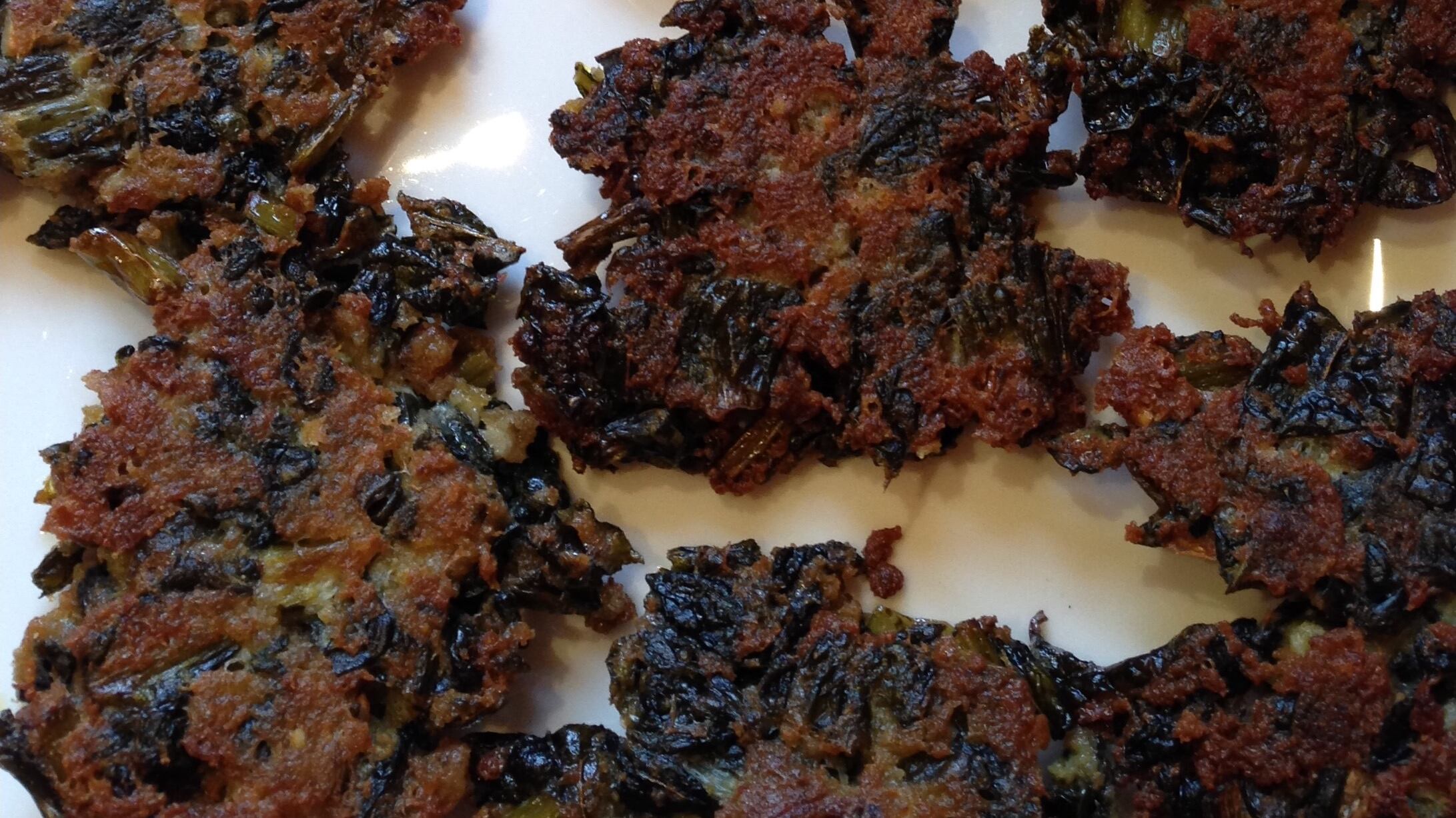Jim Dixon wrote about food for WW for more than 20 years, but these days most of his time is spent at his olive oil-focused specialty food business Wellspent Market. Jim’s always loved to eat, and he encourages his customers to cook by sending them recipes every week through his newsletter. We’re happy to have him back creating some special dishes just for WW readers.
I know that spring has sprung when the first green sprouts of stinging nettles emerge through the brown leaves and dead stalks of the overwintered cottonwood scrub along the river. Nettles are my favorite wild food, and I think they’re one of the best tasting greens anywhere.
As with any wild food, it’s good to have somebody who knows what they’re doing show you your first nettles. There’s a surefire, if painful, test, and nettles don’t present the same risk as wild mushrooms, but make sure you’re picking the right thing before you eat it.
Early in the season it’s easy to just grab the top few tender leaves from the young plants. Wear gloves, of course, and be careful with pets. Dogs with heavy coats won’t get as much of the nettle’s toxins, a mix of formic acid and other lovely compounds, but our thin-coated rescue Toby didn’t like them at all.
The good news is that heat neutralizes the chemicals, and a quick dip in boiling water makes them edible. The oven’s heat works, too, and if you ever had fresh nettles on a pizza you know how tasty they are. When I’m boiling what I’ve foraged, I usually roast some at the same time to snack on. Spread the uncooked leaves on a baking sheet, drizzle it with olive oil, sprinkle on a little salt, and roast at 400 degrees for a few minutes or until the leaves just start to brown and get crispy. I just eat them off the pan.
But fritters are my favorite thing to make with nettles. The technique, based on Piemontese fritters called subrich, uses eggs and bread crumbs to bind the chopped nettles flavored with garlic and cheese. Two spoons form small ovals of dough—the classic French technique for making quenelles—that you gently flatten in the pan as they cook in olive oil. Once you do a couple of times, it gets easy and a platter of nettle fritters is always impressive.
Stinging Nettle Fritters
1½ cups boiled stinging nettles, water squeezed out
2 cloves garlic, finely chopped
3 ounces Parmigiano Reggiano cheese, grated
2-4 eggs
½ cup bread crumbs
Kosher-style sea salt
Extra virgin olive oil for cooking
Cook the stinging nettles in salted boiling water for about 30 seconds. I use tongs to lift the nettles from the paper shopping bag I used to collect them, drop them in the pot, fish them back out, and put them in a bowl to cool. When they’re cool, I grab a handful and squeeze it over the sink to get out as much water as I can.
Since I’ve usually foraged a few shopping bags full of nettles, I cook them all in batches and freeze the baseball-size balls that result from the squeezing process. Each ball is about the right amount to make a batch of fritters. I also save the water, which turns an inky black after cooking the nettles. It’s a flavorful broth that is great for soup or cooking beans.
Chop the boiled and squeezed nettles and place them in a mixing bowl. Mix in the garlic, cheese, salt, 2 of the eggs and bread crumbs. Use two spoons to make a walnut-sized ball to see if the mixture holds together. You may need to add another egg.
Use enough extra virgin olive oil to cover the bottom of a heavy skillet, and heat it until the oil begins to shimmer. Use two spoons to form walnut-sized balls of the fritter mix, then slide them into the hot oil. Flatten each gently with a fork, cook until brown, then carefully flip and brown the other side; cooking times may vary, but should be about 5-7 minutes total. Keep the oil fairly hot, but turn down the heat if it starts to smoke.
